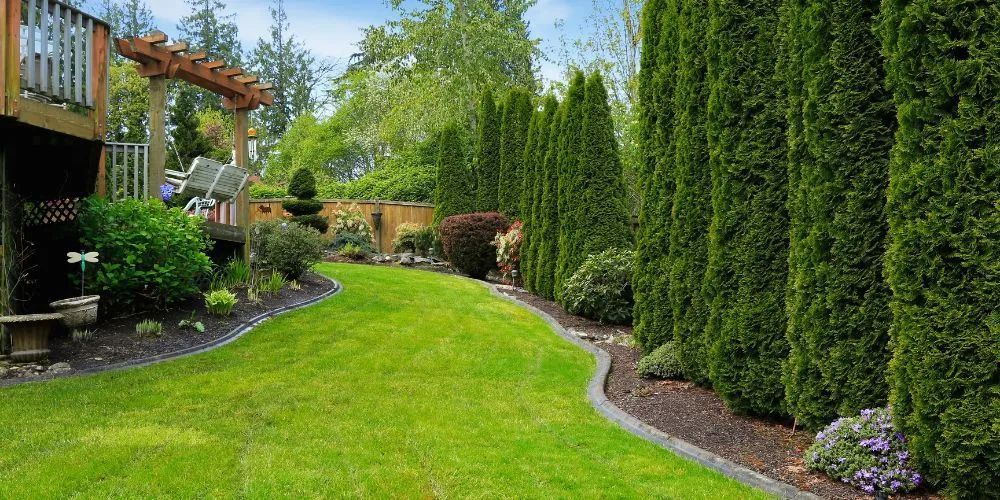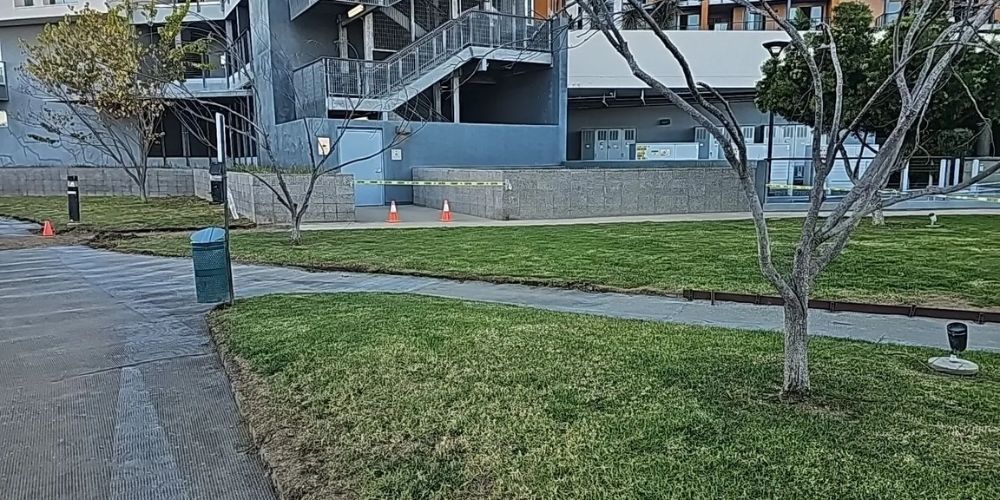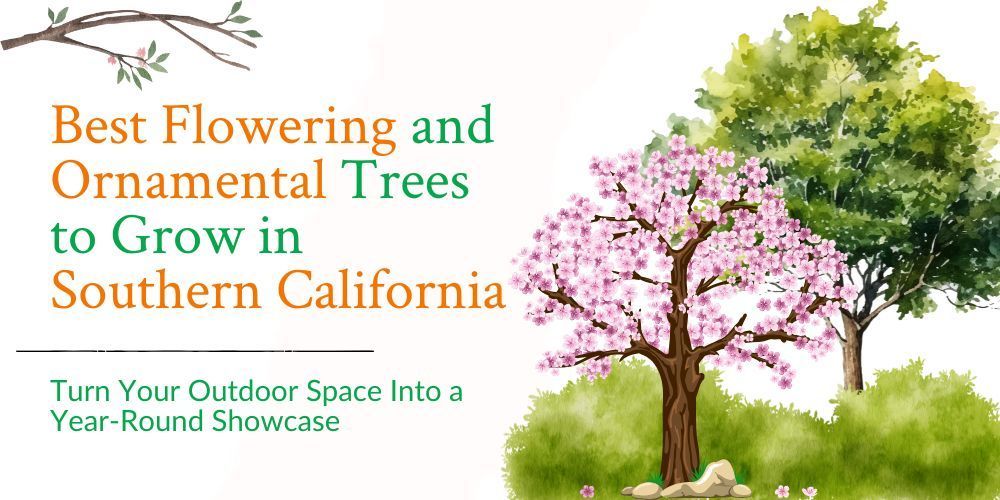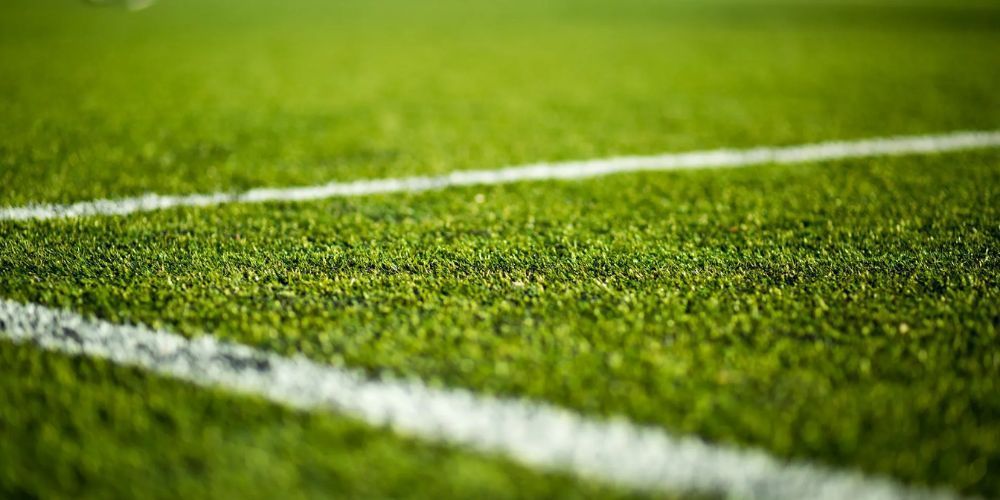How Proper Irrigation Enhances Your Landscape Design
A well-designed landscape is more than just a collection of plants, trees, and decorative elements—it's a living, evolving environment that requires thoughtful care and maintenance. One of the most essential yet often overlooked aspects of successful landscape design is a reliable irrigation system.
Proper landscape irrigation not only ensures the health and longevity of your plants, lawns, and garden beds but also enhances the overall aesthetic appeal, water efficiency, and sustainability of your outdoor space. Whether you're planning a new residential landscape or maintaining a commercial property, understanding the importance of irrigation is key to achieving long-term success. In this article, we explore why irrigation is a vital component of any landscape design and how it supports the health and beauty of your outdoor environment year-round.
What Is Irrigation in Landscaping?

Landscape irrigation involves supplying water to soil and plants in a controlled and efficient manner, particularly in regions with limited rainfall. With the help of well-designed systems, water is evenly distributed across the entire landscape, ensuring plants receive the right amount at the right time.
This approach promotes healthy, vigorous growth while keeping water waste to a minimum, making it a smart and sustainable part of any landscape design.
Types of Lawn Irrigation
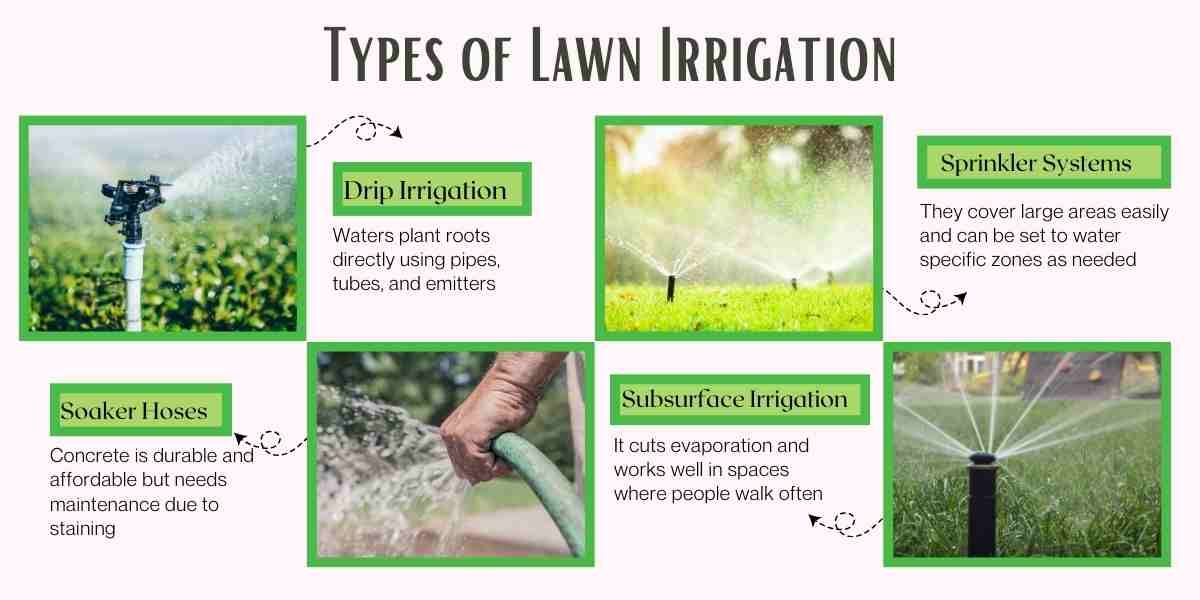
Your choice of irrigation system plays an important part, which directly impacts the health of your landscape. That’s why choosing the right one should be an important aspect of your planning. Here are some common types of lawn irrigation to consider:
- Drip Irrigation: Waters plant roots directly using pipes, tubes, and emitters. This method is very efficient as it reduces water loss from evaporation or runoff.
- Sprinkler Systems: Popular in the US, they spray water over the garden like natural rain. They cover large areas easily and can be set to water specific zones as needed.
- Soaker Hoses: These hoses have small holes that let water seep out slowly. They provide steady, gentle watering for garden beds and borders.
- Subsurface Irrigation: Fountains, ponds, and waterfalls found in softscaping provide calming elements that support biodiversity improvement.
- Seasonal Interest: Here, water lines are buried under the soil to supply water directly to the roots. It cuts evaporation and works well in spaces where people walk often.
Why Irrigation is Essential for Landscaping
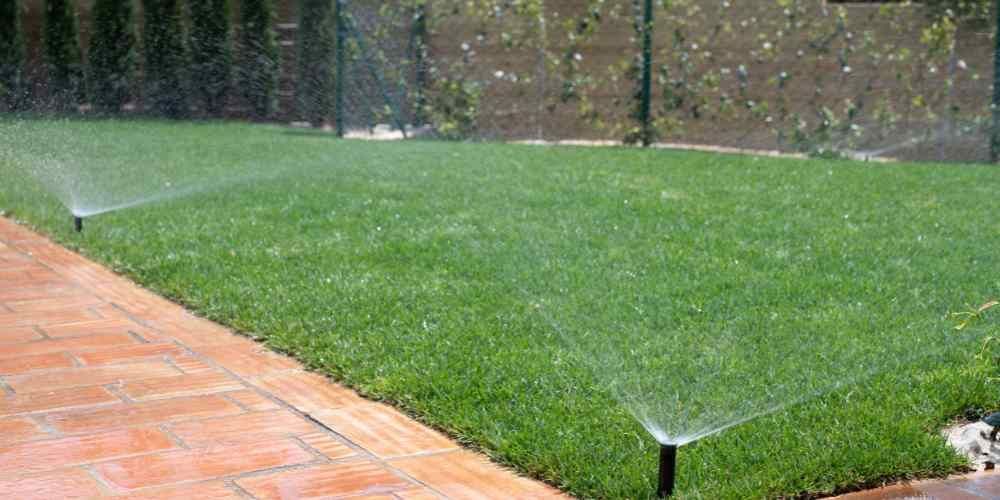
Installing a good irrigation system offers many benefits, not only for plants but also overall.
- First of all, providing regular and enough water helps plants grow better and keeps them healthy. This way, the risk of diseases and stress gets reduced.
- Secondly, modern systems are designed to use water more smartly, targeting exactly where it’s needed. This prevents extra water from being wasted. Also, since they can be automated, they save the time and effort needed for watering by hand every day.
- Plus, a garden that gets proper water stays green and looks good. This also increases the property’s value.
- Landscape irrigation systems potentially save up to 50% of water when compared to traditional methods.
How Irrigation System Maintenance Impacts Landscapes

Every system requires proper maintenance at regular intervals – irrigation networks are no different. Looking the other way when it comes to irrigation maintenance can lead to problems like:
- Leakage
- Blocked emitters
- uneven water flow
These issues harm plant health and also raise water usage and bills. For maintenance, do regular checks on time to find leaks or broken parts. Change the water flowing schedules according to the weather or season. Use modern tools like moisture sensors or smart controllers to boost system efficiency. For irrigation repair, get expert help to keep the system working properly without issues.
The Crucial Role of Irrigation in Landscape Gardening
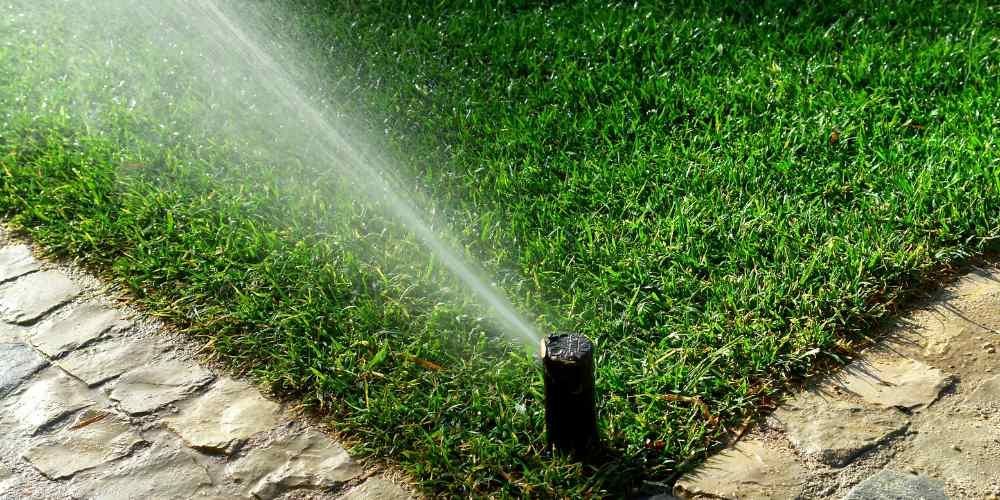
Irrigation is very important not just for design but also to keep plants healthy and alive. A properly adjusted irrigation system helps new plants settle well and supports older ones, even if they need different water amounts.
Main benefits are:
- More design options as the water supply is reliable.
- You can grow many plant types, including those needing specific water levels.
- Soil quality improves with regular watering, which is good for microbes.
- The garden adapts better to weather changes like drought or less rain.
Also Read:
How to Transform Your Backyard into an Outdoor Oasis
Conclusion
Integrating an irrigation system in your garden design in a systematic way is an absolute necessity. It not only has the benefit of healthy plants by lessening the water wastage and, more importantly, the area not only looks attractive but also gives a healthy feeling, but it also helps you to not over-irrigate your lawn.
A well-planned irrigation system is essential for a healthy, attractive, and water-efficient landscape. It prevents overwatering, reduces waste, and boosts your property's appeal. Regular maintenance keeps it running smoothly for years. For expert solutions, trust
Landtech Scenery Inc. to design and maintain sustainable outdoor spaces.
